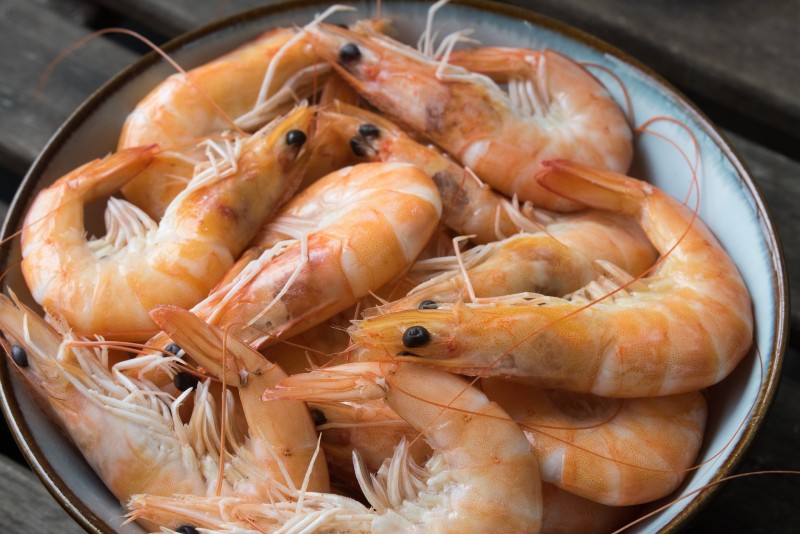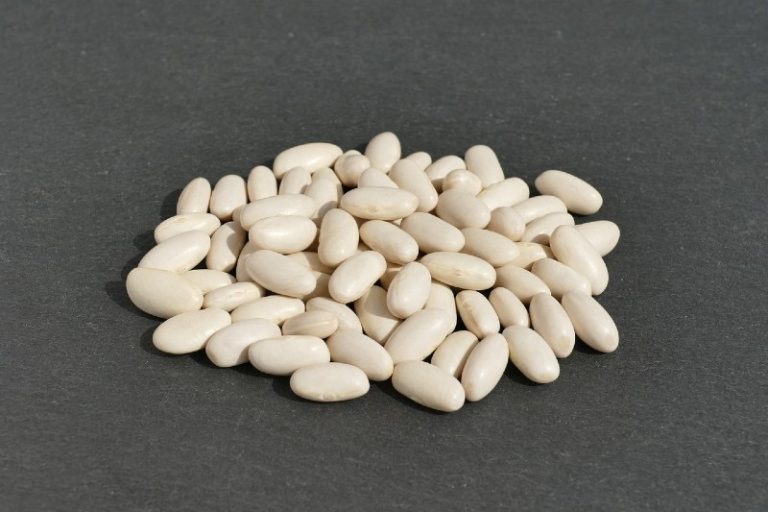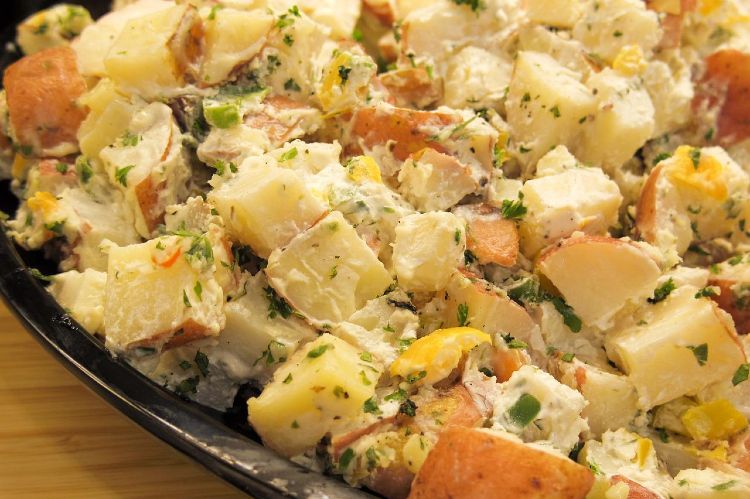What Does Bad Shrimp Taste Like?
Quick Answer
Bad shrimp may have an unpleasant or “fishy” smell, even after cooking. The texture may be slimy, and the shrimp may have a softer feel than when it’s fresh. The taste could be described as sour, rancid, or just “off” in some way. If there’s any suspicion that shrimp has gone bad, it’s best to err on the side of caution and discard it.
What is Bad Shrimp?
“Bad shrimp” refers to shrimp that has spoiled or gone rotten, making it unsafe for consumption. Spoiled shrimp will often have an unpleasant, fishy or sour smell, even after it’s cooked.
It’s important to note that consuming spoiled shrimp can lead to food poisoning, which can result in symptoms such as nausea, vomiting, diarrhea, abdominal pain, and even more severe complications in extreme cases.
Signs of Bad Shrimp
Visual Indicators:
- Color Changes: Fresh shrimp should have a translucent or light grayish color. Bad shrimp may take on a pinkish hue or become milky in appearance.
- Appearance of Slime or Milky Texture: Spoiled shrimp may develop a slimy texture, which is a clear sign that it should not be eaten. Some shrimp may also take on a milky appearance, another indicator of spoilage.
Olfactory Indicators:
- Strong, Fishy or Sour Smell: Fresh shrimp should have a salty, sea-like aroma. If the shrimp smells pungent, overly fishy, or sour, it’s an indicator of spoilage.
- Difference Between the Scent of Fresh and Bad Shrimp: Fresh shrimp will have a clean, briny smell. In contrast, bad shrimp may develop a putrid or ammonia-like odor.
Textural Indicators:
- Sliminess or Softness: Fresh shrimp are typically firm to the touch. If the shrimp feels slimy or unusually soft, it may be bad and should be avoided.
What Does Bad Shrimp Taste Like?
Bad shrimp can have a sour, rancid, or generally “off” taste that is quite distinct from the sweet, briny flavor of fresh shrimp. The taste can be unpleasant and overpowering, making it immediately obvious that the shrimp is no longer good to eat.
Cooking Does Not Eliminate Bad Taste or Risks
It’s important to note that cooking spoiled shrimp does not remove the bad taste or eliminate the health risks associated with consuming spoiled food. In fact, cooking may intensify the unpleasant flavor. The process of cooking can kill some bacteria, but it won’t remove toxins or harmful substances that may have already been produced by bacteria in the spoiled shrimp. Therefore, even if cooked, bad shrimp remains a health hazard and should not be consumed.
FAQs
Can Cooking Bad Shrimp Eliminate The Off Taste?
No, cooking bad shrimp does not eliminate the off taste. In fact, cooking may even intensify the unpleasant flavors.
Can You Get Sick From Eating Bad Shrimp?
Yes, consuming bad shrimp can lead to food poisoning, with symptoms like nausea, vomiting, diarrhea, and abdominal pain.
How Can I Tell If Shrimp Has Gone Bad Before Tasting It?
Before tasting, inspect the shrimp for changes in color, a slimy or milky texture, and an off smell. Fresh shrimp should be translucent or light gray, firm to the touch, and have a clean, sea-like smell.
Does Frozen Shrimp Go Bad?
Yes, frozen shrimp can go bad if improperly stored or if kept frozen for an extended period. Always check for signs of spoilage upon thawing.
Can Bad Shrimp Have A Normal Appearance?
While less common, it’s possible for bad shrimp to not show obvious visual signs of spoilage. Always rely on multiple senses, including smell and touch, to determine the freshness.
What Should I Do If I Accidentally Consume Bad Shrimp?
If you suspect you’ve consumed bad shrimp, it’s crucial to seek medical attention if symptoms of food poisoning like nausea, vomiting, and diarrhea occur.
Is It Safe To Taste A Small Piece Of Shrimp To Check Its Quality?
It’s not recommended to taste potentially spoiled food items, including shrimp, as even a small amount can cause food poisoning.
How Long Can Cooked Shrimp Be Safely Stored?
Cooked shrimp can be stored in the refrigerator for up to 3–4 days. Make sure to check for signs of spoilage before consuming.
How Should I Properly Store Shrimp To Prevent It From Going Bad?
Shrimp should be stored in airtight containers in the refrigerator for immediate use, or in the freezer for long-term storage. Always thaw frozen shrimp in the refrigerator, not at room temperature.
What Does Bad Shrimp Smell Like?
Bad shrimp usually emits a strong, fishy or sour smell that is immediately distinguishable from the light, sea-like aroma of fresh shrimp. This pungent or ammonia-like odor can become more pronounced after cooking and is a clear indicator that the shrimp is spoiled and should not be consumed.
Is It Okay To Eat Bad Shrimp?
Eating bad shrimp is not advisable, as it can lead to food poisoning. Symptoms of food poisoning from consuming bad shrimp can include nausea, vomiting, diarrhea, abdominal cramps, and even more severe complications in extreme cases. Always err on the side of caution when it comes to seafood; if you suspect the shrimp has gone bad, it’s best to discard it.
How Long Is Shrimp Good For?
- In the Refrigerator: Fresh shrimp can be stored in the refrigerator for up to 1-2 days.
- In the Freezer: Shrimp can be frozen for up to 3-6 months.
- Cooked Shrimp: Once cooked, shrimp should be consumed within 3–4 days if stored in the refrigerator.
Always check for signs of spoilage such as a bad smell, slimy texture, or change in color before consuming shrimp that has been stored.
Is Red Shrimp Bad?
The color of shrimp can vary depending on its species and where it was caught. Red shrimp is not necessarily bad; in fact, some types of shrimp are naturally reddish in color, like the Northern shrimp or the Royal Red shrimp. However, if a normally translucent or grayish shrimp turns red after some time in storage, that could be a sign of spoilage.
Is Gray Shrimp Safe To Eat?
Gray or translucent shrimp are generally safe to eat as long as they are fresh and show no signs of spoilage. Shrimp naturally have a grayish hue when raw, which usually turns pinkish or reddish upon cooking. Always follow proper storage methods and cooking guidelines, and check for other indicators like smell and texture to ensure the shrimp is safe to eat.
Why Does Shrimp Taste Like Vinegar?
Shrimp should not naturally taste like vinegar. A vinegar-like taste could be an indication of spoilage or that the shrimp has been treated with a chemical or preservative that you are sensitive to. It could also mean that the shrimp was cooked in a sauce or marinade that contained vinegar. If you’re experiencing an unexpected vinegar taste from what should be fresh shrimp, it’s best to err on the side of caution and avoid consuming it.




